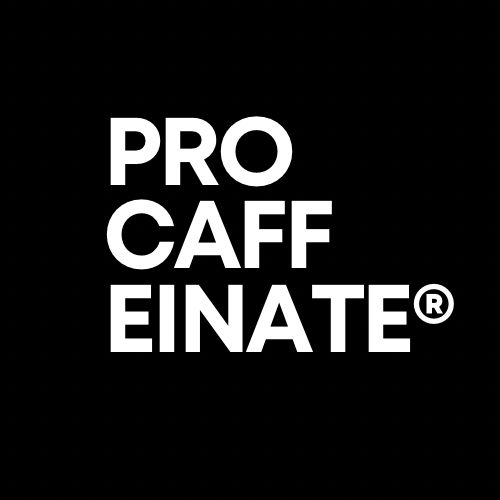
Water, Temperature, and Timing: The Science Behind a Perfect Brew
Share
Ever brewed a cup of coffee that just didn’t taste right — too bitter, too flat, or oddly weak?
It probably wasn’t your beans. It was your water, temperature, or timing.
At Procaffeinate, we believe that making coffee at home isn’t just a morning routine — it’s a craft. And mastering the science of brewing is what separates a good cup from a truly exceptional one.
In this guide, we’ll break down how water quality, temperature control, and brew time work together to unlock every flavour note in your coffee — from sweet chocolate tones to bright, fruity acidity.
Water: The Unsung Hero of Great Coffee
Here’s a mind-bender: your cup of coffee is 98% water. Yet, most people focus entirely on beans and forget the water they’re brewing with.
The Science:
Coffee extraction depends on minerals in your water that bind to flavour compounds during brewing.
- Too hard (high mineral content)? You’ll get dull, muddy flavours.
- Too soft (purified or distilled)? The water extracts unevenly, leaving you with sour, flat coffee.
The sweet spot:
Water with a balanced mineral content — think moderate calcium and magnesium — helps dissolve flavour evenly, creating smooth, balanced coffee.
💡 Pro tip: If you live in a hard-water area, use a charcoal filter or bottled water labelled “balanced mineral content.”
📘 Related reading: Why Specialty Coffee Will Take Your Hospitality Service to New Heights — discover how water quality impacts the way professionals brew coffee for consistency and quality.

Temperature: The Silent Flavour Controller
Getting your water temperature right is one of the most important — and overlooked — parts of brewing.
The Magic Range:
Between 90°C and 96°C is the ideal brewing temperature.
Below 90°C, your coffee will taste under-extracted (acidic and sharp).
Above 96°C, it becomes over-extracted (bitter and burnt).
Think of temperature as the volume knob for flavour: too low and your coffee whispers; too high and it shouts.
💡 Pro tip: If you don’t have a thermometer, bring your water to a boil, then let it sit for 30 seconds before pouring — that’s roughly 94°C.
📗 Related reading: Dialling in Espresso: Finding the Sweet Spot for Every Shot — see how temperature and extraction time affect espresso balance.
Timing: The Secret Ingredient You Can’t Buy
Time determines how long your water and coffee interact — and therefore how much flavour gets extracted.
|
Brewing Method |
Ideal Brew Time |
Taste Profile |
|
Espresso |
25–30 seconds |
Intense, syrupy |
|
Pour-over (V60, Chemex) |
2½–4 minutes |
Bright, balanced |
|
French Press |
4–5 minutes |
Smooth, rounded |
|
Cold Brew |
12–18 hours |
Sweet, low-acid |
Timing is a balancing act:
- Too short: The water doesn’t extract enough — leaving you with sour, weak coffee.
- Too long: It extracts bitter compounds that overpower everything else.
💡 Pro tip: Always use a timer (your phone will do). Brewing by feel might work for tea — but with coffee, precision makes all the difference.
📙 Related reading: Whole Bean Coffee: Why Fresh Grinding at Home Matters — learn how grinding right before brewing helps time and extraction work in harmony.
The Perfect Formula: Water + Temperature + Time
These three elements — water, temperature, and timing — are the “holy trinity” of coffee brewing science.
Here’s how they connect:
- Water acts as the medium that extracts flavour.
- Temperature controls the rate of extraction.
- Time determines how deep that extraction goes.
Adjust one, and you must adjust the others. For instance:
If you grind finer, shorten your brew time slightly.
If your coffee tastes bitter, try lowering your temperature or grinding coarser.
Mastering these variables takes practice, but once you get them right, even a simple home pour-over can taste like something from a Michelin-star café.
📘 Related reading: The Difference Between a Latte and a Cappuccino: Different Types of Coffee and How to Make Them — explore how time and texture change coffee’s character in milk-based drinks.
Final Sip: The Art of Precision in Every Cup
Brewing great coffee at home isn’t about fancy gadgets or expensive equipment — it’s about understanding balance.
Get your water right. Control your temperature. Respect your timing.
Do that, and you’ll unlock every layer of flavour that makes Procaffeinate coffee so special — the rich chocolate, the subtle caramel, the lively fruit.
Because when science meets craft, coffee stops being a habit — and becomes an experience.

